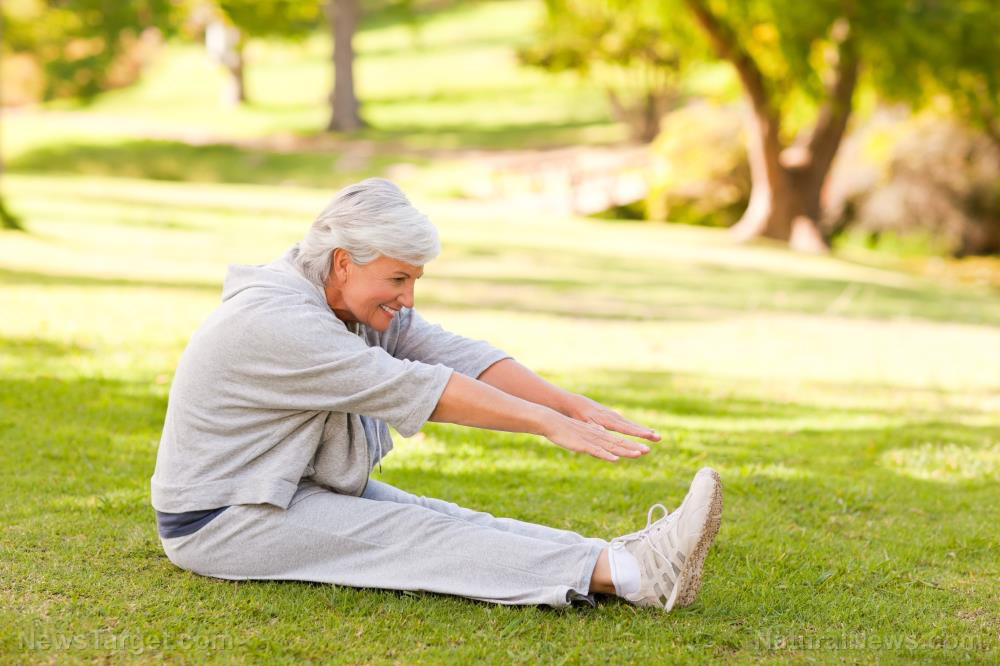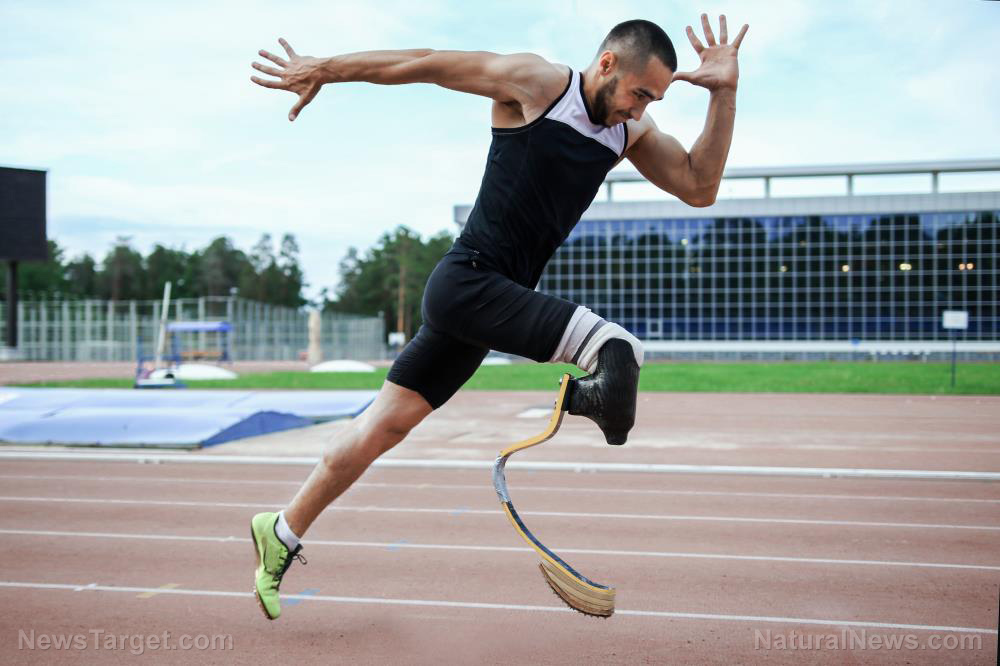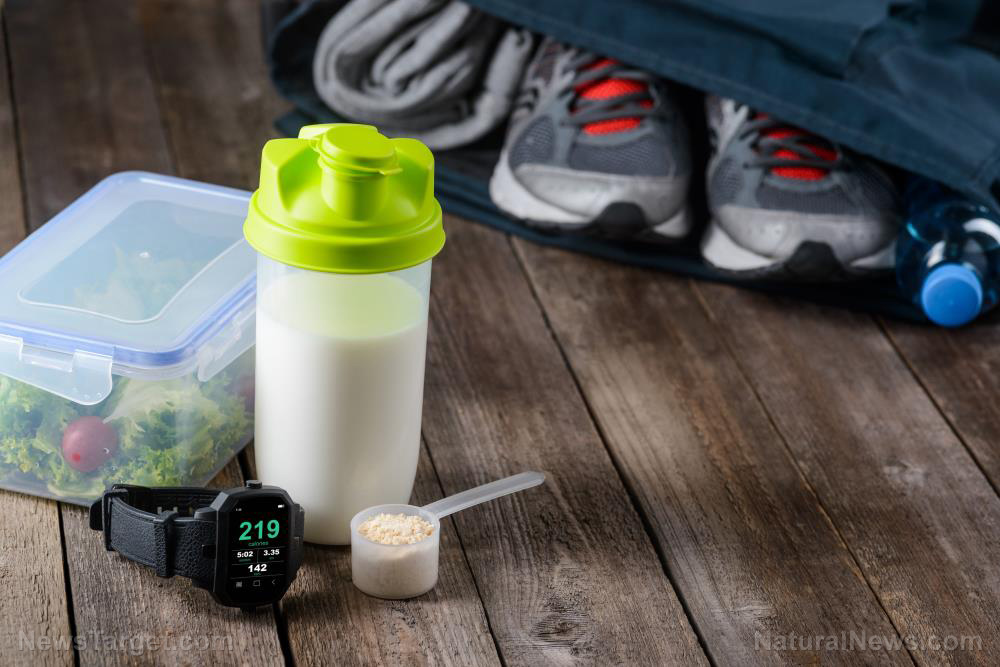Study highlights the power of EXERCISE against dementia
04/30/2025 / By Ava Grace

- A University of Missouri study reveals that physical activity safeguards cognition even when the body can’t produce ketones, a critical backup energy source for the brain.
- Normally, the liver produces ketones when glucose is low – but liver dysfunction can impair this process, increasing dementia risk. Exercise may compensate for this deficit.
- Research shows endurance exercise improves brain function in subjects with impaired ketone production, suggesting it activates alternative protective mechanisms.
- Beyond energy supply, exercise reduces inflammation, enhances blood flow and stimulates proteins that repair brain cells, offering broad cognitive protection.
- With Alzheimer’s cases projected to double by 2060, exercise emerges as a key preventive strategy, accessible through simple activities like walking or cycling.
For decades, science has championed exercise as a pillar of physical health – strengthening hearts, trimming waistlines and warding off chronic disease. But what about the mind?
A groundbreaking study from the University of Missouri (MU) now reveals that exercise may safeguard brain function even when the body fails to produce a critical energy source for cognition. Led by researchers Taylor Kelty and R. Scott Rector, the findings suggest physical activity could be a potent weapon against dementia, offering hope as Alzheimer’s cases are projected to double by 2060.
The brain thrives on glucose, its primary fuel. But when glucose runs low – during fasting or intense exertion – the liver produces ketones, an alternative energy source that powers neurons and supports memory. Ketones act as a biological backup generator, ensuring the brain doesn’t stall during metabolic stress. (Related: You CAN prevent cognitive decline; experts agree that a mere 15 minutes of exercise a day can prevent Alzheimer’s.)
Yet millions of Americans suffer from liver conditions that impair ketone production, leaving the brain vulnerable. Emerging research links liver dysfunction to higher dementia rates, raising urgent questions: Can exercise compensate when this backup system fails?
Kelty and Rector’s team designed a study to mimic impaired ketone production. As expected, subjects with limited hepatic ketogenesis showed cognitive decline – struggling with memory and learning tasks. But then came the twist: When these same subjects engaged in endurance exercise, their brain function improved despite the energy deficit.
“But it seems like exercise is so powerful that there are other mechanisms going on in the brain that allow it circumvent those impairments and still receive the benefits from exercise,” Kelty noted. The results imply that physical activity activates other protective mechanisms beyond ketones, shielding the brain even when its usual energy pathways are blocked.
Exercise as a solution to the looming Alzheimer’s crisis
Rector, a professor at MU’s School of Medicine, emphasized exercise’s multifaceted role. “It’s not just about energy supply,” he explained. “Exercise reduces inflammation, boosts blood flow and triggers proteins that repair brain cells.”
These secondary effects may explain why physical activity remains beneficial even when ketones are scarce. For patients with fatty liver disease or cirrhosis – conditions that disrupt ketone synthesis – this discovery is particularly promising. “Exercise could be a lifeline, delaying cognitive decline where medications fall short,” Kelty said.
The timing of the study’s findings couldn’t be more critical. By 2060, Alzheimer’s diagnoses are expected to skyrocket to 13.8 million Americans, up from 5.8 million today. With no cure in sight, prevention strategies like exercise are gaining traction.
Historical context underscores the urgency: In 1900, only four percent of Americans lived past 65. Today, it’s 17 percent – a triumph of modern medicine, yet one that brings neurodegenerative disease to the forefront.
“We’re living longer, but not necessarily better,” Rector said. “Exercise might help close that gap.”
“You don’t need a marathon,” added Kelty. “Regular walking, swimming, or cycling could be enough to fortify your brain against decline.”
Head over to Dementia.news for more similar stories.
Watch this video about the link between exercise and longevity.
This video is from the Holistic Herbalist channel on Brighteon.com.
More related stories:
Regular exercise increases brain volume, protects against age-related dementia.
Exercise linked to a decreased likelihood of age-related dementia and memory loss.
Researchers have figured out how physical exercise prevents dementia and protects the brain.
Move your feet to prevent dementia: Research shows exercise boosts brain function.
Sources include:
PhySoc.OnlineLibrary.Wiley.com
Submit a correction >>
Tagged Under:
aging, Alzheimer's disease, Brain, brain damaged, brain fuel, brain function, brain health, dementia, exercise, glucose, ketones, liver health, longevity, Men's Fitness, research, slender, Women's Fitness
This article may contain statements that reflect the opinion of the author
RECENT NEWS & ARTICLES
COPYRIGHT © 2017 WOMENS FITNESS FOCUS




















